You’ve heard window tint can “protect against harmful UV rays”—
But is that true? Or just something companies slap on their brochures to sell more film?
Let’s set the record straight.
Yes—quality window tint absolutely blocks UV rays.
But (you knew there’d be a but), not all tint is created equal.
🧬 First, What Are UV Rays—and Why Should You Care?
- UV (ultraviolet) rays come from the sun and are invisible to the eye
There are two main types:
- UVA: penetrates deep into skin—causes wrinkles, aging, and skin cancer
- UVB: causes sunburn and surface-level skin damage
UV rays are also what fade your car interior, bleach your furniture, and crack leather dashboards. And yes—they still hit you through glass.
☑️ The Right Window Tint Blocks Up to 99% of UV Rays
Ceramic and high-performance films are engineered with UV blockers that:
- Protect your skin (even while driving)
- Preserve your car, home, or office interiors
- Help prevent fading, cracking, and sun damage to everything inside your windows
Even clear, high-quality ceramic tint can offer full UV protection—without darkening your glass.
❌ Cheap Tint = Weak UV Protection
Not all films are built for UV. If you bought a $29 roll online, it might look dark but still let UV rays pass right through.
That’s why it’s important to look for films with certified UV protection—especially in sun-scorched states like Arizona.
🔬 What Types of Tint Block UV Best?
| Tint Type | UV Protection |
|---|---|
| Dyed film | 🟡 Low – minimal (10–50%) |
| Metallic film | 🟠 Medium – better, but can fade |
| Ceramic film | 🟢 High – blocks up to 99% of UVA & UVB |
| Spectrally selective film | 🟢 High – blocks UV & infrared, while staying clear |
💡 Bonus: UV Protection Isn’t Just for Cars
- Home window tint can prevent fading floors, artwork, and furniture
- Office tint helps protect electronics, displays, and keeps the glare down
- Retail spaces can prevent inventory from getting sun-bleached in the window
- Your skin gets low-key protection every time you’re behind tinted glass
Yes—high-quality window tint can block up to 99% of harmful UV rays.
But if you’re relying on darkness alone to do the job, you might be baking yourself and your upholstery.
Want to see the difference between UV-blocking tint and the cheap stuff? We’ll demo it in person, explain the technology behind it, and help you protect what matters.


